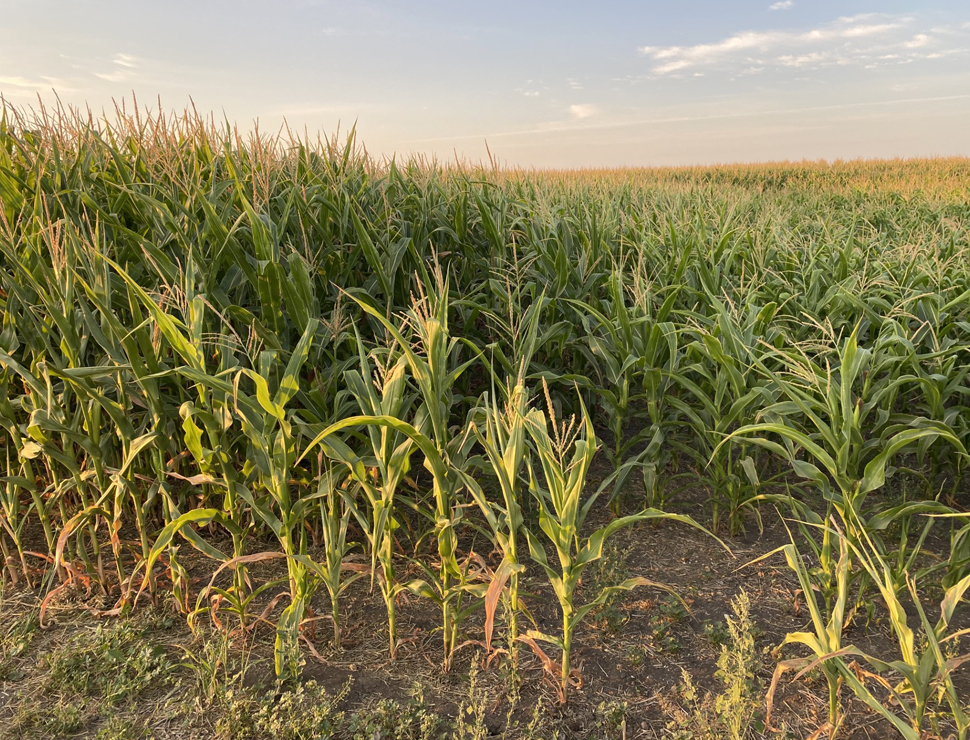Looking out across the landscape, the addition of snow is a welcome site for snowmobilers, but more importantly for farmers who remember all too well the dry growing conditions of 2023.
“I hope to see at least 2 feet of snow to bring up our moisture reserves because we can certainly handle it,” shares Scott Chalmers, Applied Research Specialist for Manitoba Agriculture, working in the Melita area.
"In the event that we do get 3-4 feet of snow and it starts risking a bit of flooding, the ground will be so ready for absorption in early spring that we won’t see that unless we see a Biblical event of snow,” he adds.
“With El Niño to remain strong in 2024,” he continues, “we’re just expecting more dry and more warm weather like we’ve been having. So, maybe we should be thinking about crops more like corn, wheat, canola, sunflower. Maybe some millet or sorghum if you’re feeding it, because these crops are drought tolerant, compared to soybeans, which are shallow rooters and prefers wet conditions.”
Chalmers suggests cereal crop producers look at nitrification inhibitors, “they will save your fertilizer from gassing off in these arid conditions. They will keep them in the ground and maybe save you 30% on your fertilizer bill because you can reduce your fertilizer amount.”
The 2024 Manitoba Seed Guide is out, and you can find it at AgDays January 16-18 at the Keystone Centre in Brandon. Chalmers will have copies available at their Manitoba Ag Crop Diversification WADO booth in the curling rink to share more on best farming practices for the next growing season.
“Folks can stop by and chat with us and find out what’s going to be in the ground in our 2024 test plots,” he adds.











